Mohang Beach (모항해수욕장)
16.5Km 2024-04-07
22, Mohang-gil, Buan-gun, Jeonbuk-do
+82-63-580-4413
Mohang Beach is situated in Byeonsan-myeon, Buan-gun, Jeollabuk-do. It is set against the beautiful mountains of Byeonsanbando National Park and the clear waters of the west coast. Unlike many beaches along the west coast, white sand can be found even at low tide and the beach is great for fishing.
Designated a tourist site in December of 2000, the area has been equipped with a family hotel, camping sites, and a seaside cafe. Nearby, there is a mud flat, a population of horned holly trees (Natural Monument No. 122), and a scenic drive.
Byeonsan Natural Recreation Forest (변산자연휴양림)
17.0Km 2024-04-07
3768 Byeonsan-ro, Byeonsan-myeon, Buan-gun, Jeonbuk-do
Byeonsan Natural Recreation Forest is a coastal natural recreation forest located within the Byeonsanbando National Park. Offering views of both mountains and sea, it boasts a distinctive charm and provides forest tour, experiential program, and accommodation facilities. Visitors can engage in simple crafts using pine cones and pine trees, as well as forest strolling programs such as walking through the pine forest. Nearby attractions include Chaeseokgang Cliff in Gyeokpo and Byeonsan Beach.
Midang Literary House (미당 서정주 시문학관)
18.4Km 2025-01-10
2-8, Jilmajae-ro, Gochang-gun, Jeonbuk-do
+82-63-560-2760
The Midang Literary House is a memorial center for the great poet Seo Jeong-Ju (penname ‘Midang’) built in Seonun-ri in Gochang-gun, Jeollabuk-do, where the poet was born and is buried. In the fall of 2001, a year after the poet’s death, the center opened on November 3rd on the anniversary of the Gwangju Student Movements (1929 and 1930), which took place while Midang attended Jungang High School. Located adjacent to the center are the poet’s birth house and grave.
Housed in a renovated branch of Seonun Elementary School, the Midang Literary House was structurally designed to convey the architectural concepts of 'eco-friendly' and 'learning.’
Gochang Dolmen Site [UNESCO World Heritage] (고창 고인돌 유적 [유네스코 세계문화유산])
19.2Km 2024-04-07
74 Goindolgongwon-gil, Gochang-eup, Gochang-gun, Jeonbuk-do
+82-63-560-8666
Dolmens are representative tomb structures from the Bronze Age, distributed across Korea with over 30,000 examples. Gochang is an area rich in dolmens, boasting around 1,600 of them. Here, visitors can explore Gochang's dolmen park, which features dolmens constructed during the 6th to 5th centuries BC, along with a museum offering insights and hands-on experiences related to dolmens and the Bronze age.
Gochang Dolmen Museum (고창고인돌박물관)
19.2Km 2024-04-07
74, Goindolgongwon-gil, Gochang-gun, Jeonbuk-do
+82-63-560-8666
At the Gochang Dolmen Museum, visitors can view diverse relics and learn about the Bronze Age and the dolmen (tomb, gravesite, etc.) cultures of the world. In addition to a variety of exhibition halls, the museum also features interactive exhibit spaces that help visitors further explore the main themes of the museum. There is also a mock-up of an ancient dugout hut where visitors may take photos. Outside the museum is the Bronze Age theme park, which features a life-size prehistoric village replica, a dolmen experience zone, and an exhibition zone displaying a representative memorial service from the Bronze Age.
Ungok Ramsar Wetland (고창 운곡람사르습지)
19.5Km 2024-04-07
362 , Ungokseowon-gil, Gochang-gun, Jeonbuk-do
+82-63-560-2720
Ungok Ramsar Wetland, registered as Ramsar Wetland in 2011, is home to endanged species and various rare animals and flowers. The wetland also has four different courses that will take visitors all around the wetlands. Course 1 takes approximately 50 min and is 3.6 km-long. Course 2 takes approximately 2 hour 30 minutes and is 9.5 km-long. Course 3, the longest out of the 4 courses takes approximately 3 hours 30 minutes and is 10.2 km-long. Last, Course 4 takes approximately 2 hours 50 minutes and is 10.1 km-long.
Gyeokpo Port (격포항)
19.9Km 2025-01-15
788-15, Gyeokpo-ri, Byeonsan-myeon, Buan-gun, Jeonbuk-do
+82-63-581-0023
Gyeokpo Port is an important transit point for maritime transportation between the islands of the West Sea, such as Wido Island, Gogunsan Islands, and Hongdo Island. As a fishing port, it is known as the place through which delicious seafood from the clean waters of the West Sea arrives on land. This reputation is evident in the huge crowds of gourmands and tourists who flock to the port for webfoot octopus in spring and gizzard shad in fall. The port hauls large catches of webfoot octopus, cuttlefish, blue crab, monkfish, rockfish, spotty belly greenling, flatfish, gizzard shad, clam, and shellfish, which can be enjoyed in many seafood restaurants near the port. Gyeokpo Port is also known for its beautiful view of the sunset.
Keumkuwon Sculpture Park (금구원야외조각미술관)
20.0Km 2024-04-07
31, Jogakgongwon-gil, Buan-gun, Jeonbuk-do
+82-63-584-6770
Keumkuwon Sculpture Park was founded in 1966 by Kim O-seong, and was the first park of its kind in Korea. The park was registered as Private Museum No. 277 by the Ministry of Culture and Tourism in 2003. Many of the roughly 100 sculptures are realistic in style and are related to one another, creating a feeling of watching a play unfold before one's eyes. Main pieces include "Farmer’s Hands," "Thoughts about the Limited and the Unlimited," and "The Sky in the West." The sculptures are made of marble or granite and vary in size, with some measuring 450 centimeters.
Indigenous trees and bushes of the Byeonsanbando Peninsula can be found throughout the park, giving visitors a chance to enjoy both the sculptures and the backcountry charm. The park also features the Keumkuwon Astronomical Observatory, opened in 1991. Visitors can combine their trip to the park with a visit to nearby tourist sites like Gyeokpohang Harbor, Chaeseokgang Cliff, Suseongdang Shrine, and Jeokbyeokgang Cliff.
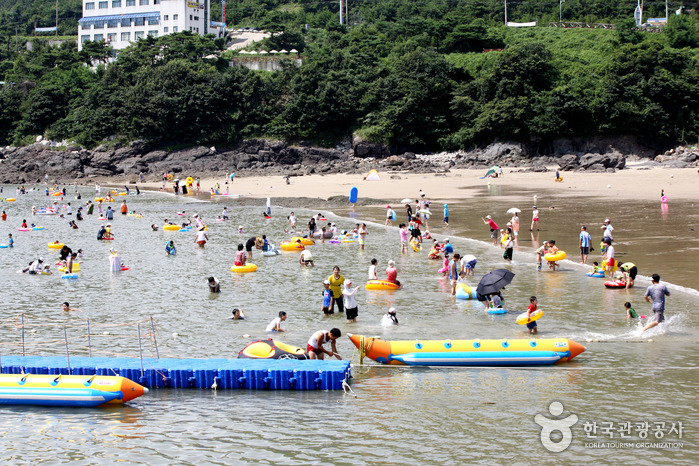
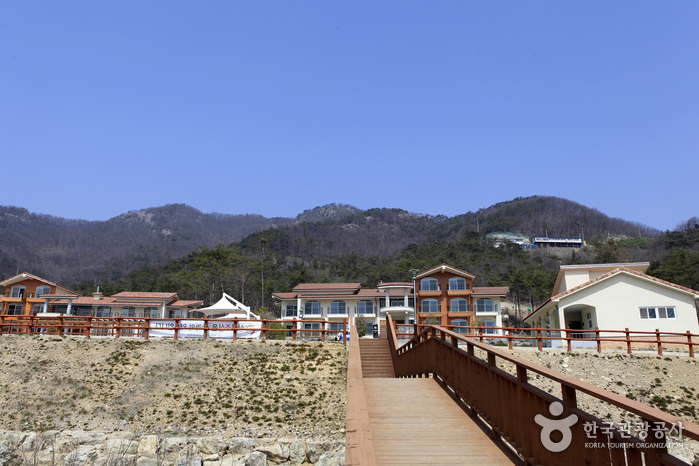
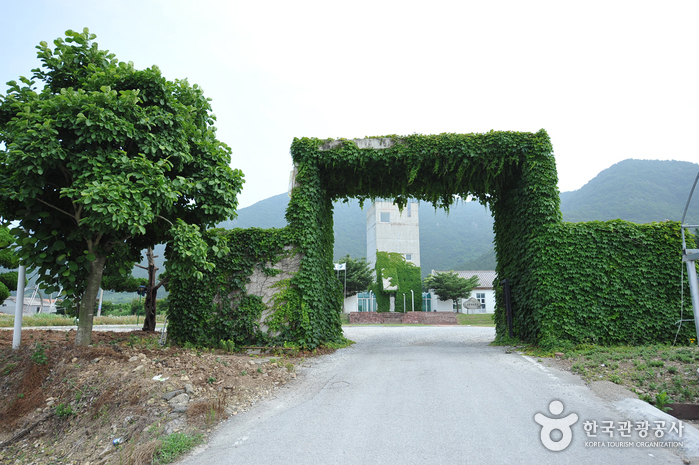
![Gochang Dolmen Site [UNESCO World Heritage] (고창 고인돌 유적 [유네스코 세계문화유산])](http://tong.visitkorea.or.kr/cms/resource/17/2604617_image2_1.jpg)
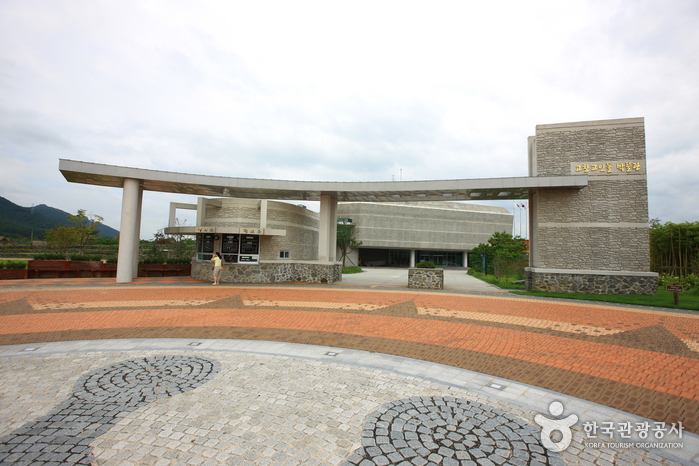

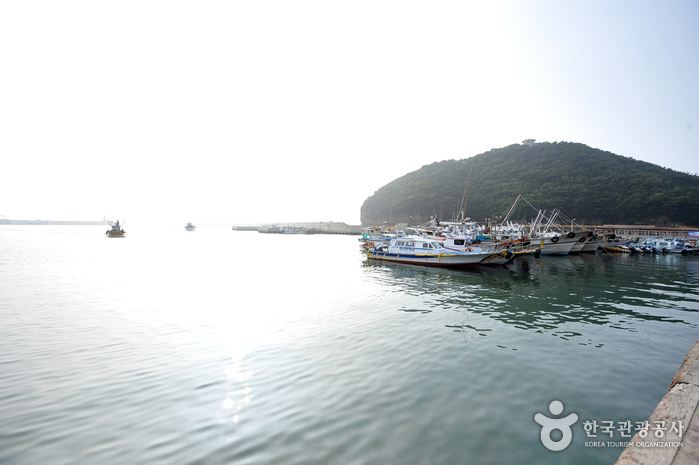
 English
English
 한국어
한국어 日本語
日本語 中文(简体)
中文(简体) Deutsch
Deutsch Français
Français Español
Español Русский
Русский